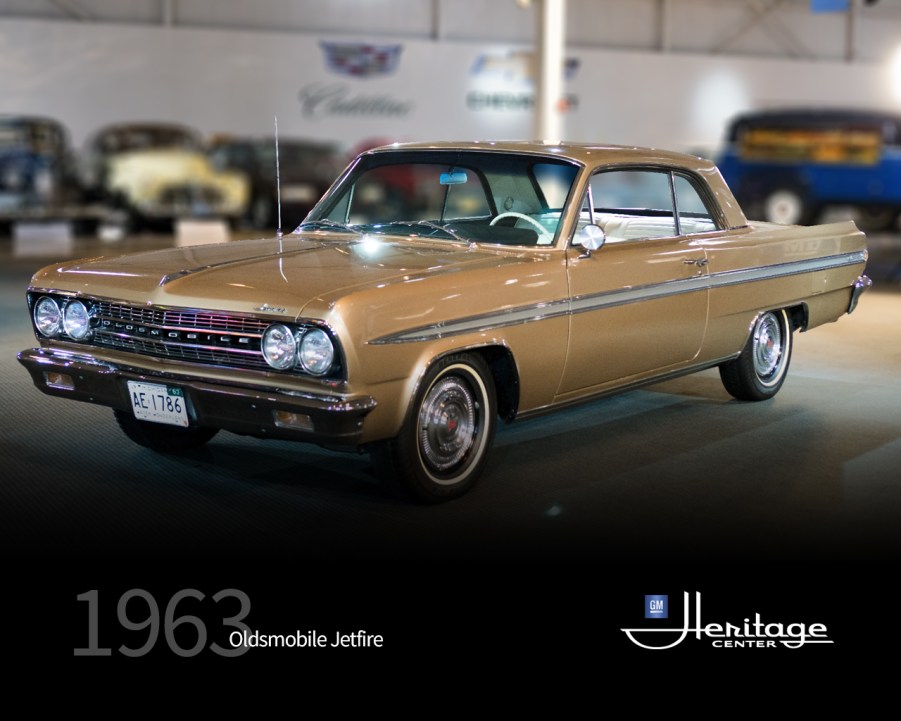
Oldsmobile Jetfire: The First Production Turbocharged Car
These days you can’t go to a car dealership without tripping over turbochargers. Almost every car has one, sometimes even in the base model. Let’s rewind the clocks a few years and turbochargers only existed in high-performance models, and it was still special. Going back even further takes us to the mid-1980s, when turbochargers weren’t only unique but mystifying. Sparking all of this boosted interest way back in the early 1960s was an Oldsmobile coupe, with a little V8 lurking under the hood. That was the Jetfire, the first turbocharged production car.
Bred from a need for high-power efficiency

Oldsmobile’s Jetfire came at a time when the automotive world was in conflict. Horsepower wars were on the verge, and the thought of econobox commuters was creeping into American homes manifested by compact imports. Caught in the middle was the Jetfire. It aimed for zero compromises: more horsepower without sacrificing fuel efficiency. The result was a unibody compact coupe equipped with a small turbocharged V8, which GM says made 1:1 horsepower per cubic inch.
The Oldsmobile Jetfire sang in 5psi
The Jetfire used an all-aluminum 3.5-liter V8 dubbed the “Rockette”. Without the turbocharger, the little V8 made 155 horsepower. In 1962 the turbo helped it first reach 185, and it got an upgrade to 215 horsepower midway through the year. GM engineers decided on a smaller turbo, and the reasons were two-fold. A smaller turbo is lighter and will spool faster. Boost was limited to just five psi to protect the integrity of the turbine wheel.
GM innovation didn’t stop there. The Jetfire employed fuel injection to keep compression at 10.25:1 and used a water and methanol mixture to keep temperatures down. Customers had the choice of a three or four-speed manual or the Hydra-Matic transmissions.
The Jetfire was unfortunately slow
Despite all of this technology, the Jetfire was not a fast car. It sprinted to 60 mph in 8.5 seconds, something the big blocks could do in just over 6. Handling was subpar with soft coil springs all around, and the automatic transmission made the car almost a full second slower to 60 mph. Unfortunately, owner neglect would ultimately be the downfall of the Jetfire.
Owners would allow the water-meth mixture to empty, which would send the engine into limp mode to protect itself. GM eventually offered to replace the fuel injection with carburetors just to make the car simpler. It would take over a decade for turbochargers to recover from the Jetfire, but it was back with a vengeance.
Pay respect to the Oldsmobile Jetfire
Anyone who buys a factory-turbocharged car should realize that an essential piece of it came from the Oldsmobile Jetfire. Not only did it have a turbocharger, but it was also fuel injected, something American cars wouldn’t have standard until the 1980s. The Jetfire was revolutionary, and unfortunately, lightyears ahead of its time.


